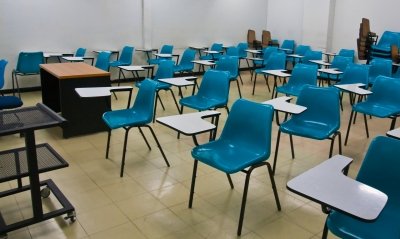I spent this morning working with some UAE teachers examining the ethical and moral issues surrounding the increasing use of technology both within and outside of the classroom. During the session we digressed into a range of other subject topics including that of differentiation.
Differentiation continues to be a hot topic within the schools I am involved with within the UAE where school leaders continue to look for evidence that the teachers are providing learning opportunities which meet the needs of the individual students within their classrooms. Where teachers are perceived to be providing all students the same teaching and learning, they are judged to be unsatisfactory. Good lessons must involve activities, resources and teaching that caters for students as individuals with their own needs, interests, experiences, etc.
This is where the contradiction becomes clear, as after all this differentiation and individualised and personalised teaching has occurred how do we then assess our students? We put them in an exam hall together with other students of the same age, and they all sit the same test. We teach the students as individuals however when we measure what they have learned we consider them all to be the same. We then use this data of student performance to make judgements as to the quality of the teaching and learning, and therefore of the teachers themselves.
Now I do not profess to have an answer for this apparent contradiction however I would suggest that it needs to be given some consideration. Are students individuals and as such should they not get individualised teaching and assessment, or are they all the same in which case common teaching and assessment should be the order of the day. Now it may be the answer lies somewhere in between however I would suggest that an individualised teaching system combined with a standardised testing system sends mixed and confusing messages.
Photo courtesy of criminalatt at FreeDigitalPhotos.net








